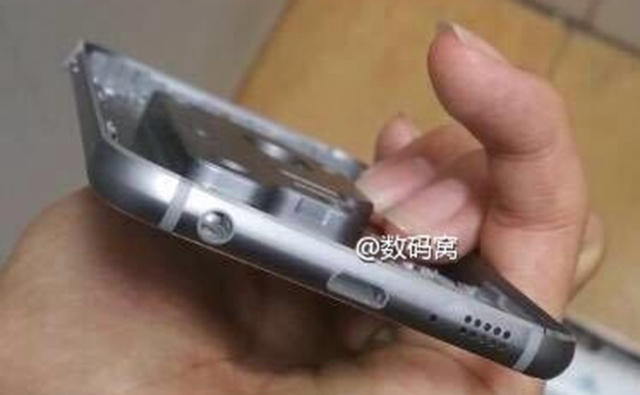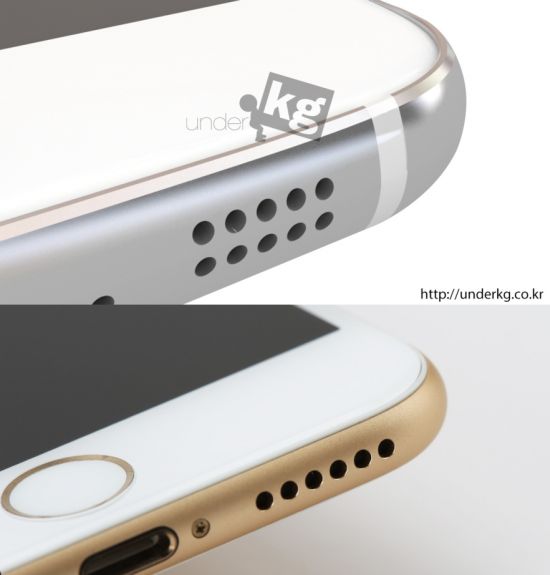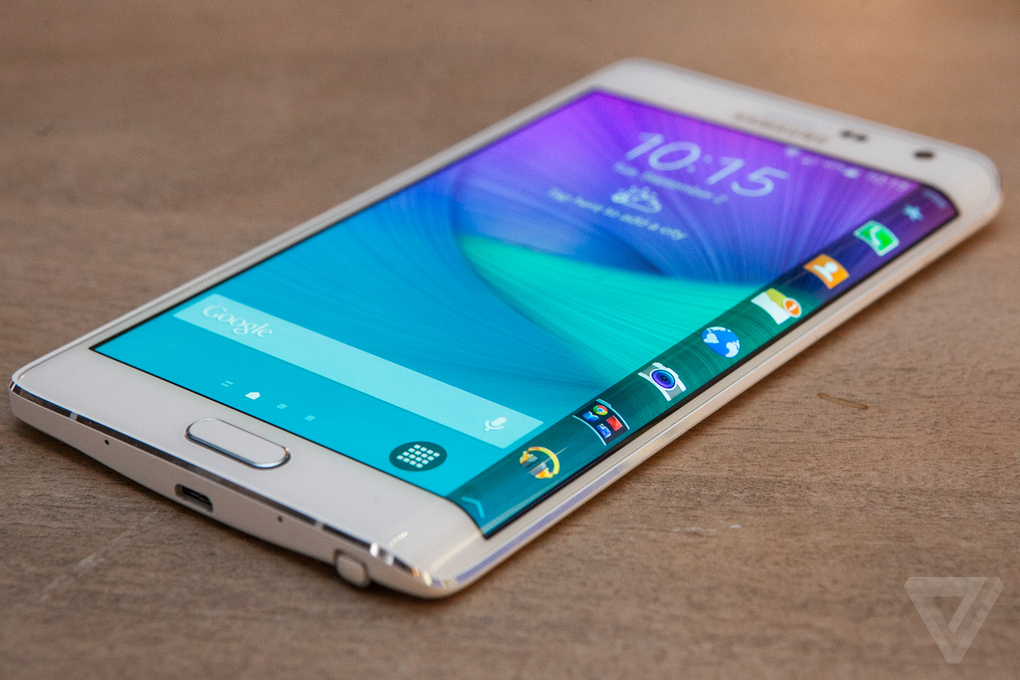Bloomberg is reporting Wednesday that Samsung’s upcoming Galaxy S6 flagship smartphone, developed under the “Project Zero” codename, will come in two flavors, including a model with a display covering three sides. The other model will have a regular screen that doesn’t stretch down either side.
Sources with direct knowledge of the matter who spoke to the news organization report that both editions of the device rock 5.1-inch screens, are encased in all-metal bodies and run “Samsung’s most advanced processor chips.”
We recently reported that Samsung in a last-minute move dropped Qualcomm’s 64-bit Snapdragon 810 silicon which overheated during testing.
Samsung builds its own Exynos-branded mobile chips that are not as customized and optimized as Apple’s. Typically, an Exynos chip combines a series of off-the-shelf processing cores and rather slow Mali graphics, both licensed from fabless UK-based semiconductor maker ARM.
Apple’s chips, by comparison, use Imagination Technologies’ graphics and incorporate Apple’s own 64-bit “Swift” and “Cyclone” CPU cores designed to be compatible with the licensed ARMv8 instruction set.
These chips are built in sophisticated factories operated by Samsung and TSMC. The Galaxy maker is understood to have landed a contract to churn out the A9 chips which are likely powering the next iPhone and iPad.
Samsung recently invited select members of the press to its annual ‘Galaxy Unpacked’ event to be held on March 1 at Mobile World Congress in Barcelona, Spain. The invite graphics sports the “What’s Next” tagline and something resembling a curved device, or the profile of a thin smartphone with a camera bulge on its back (or is it a hint at a wraparound screen, perhaps?).
Samsung’s own blog teased today that its 2015 flagship phone “will be intelligent and do all the thinking for users, allowing them to take amazing pictures under any conditions, without having to worry about anything more than just pressing the shutter button.” The post, entitled “The Future of Cameras,” defines Samsung’s camera progress by the number of megapixels in each year’s model.
Last year’s Galaxy S5 has a 15-megapixel shooter out the back. Apple is rumored to stay out of the megapixel race with an improved 8-megapixel camera in the next iPhone.
The previously leaked image, shown below, has suggested that the Galaxy S6 may copy the iPhone 6 design wholesale, in spite of the $1 billion fine already imposed on the South Korean company over replicating the iPhone’s look and feel too aggressively.
Seen further below: the latest schematics and renders, shared by G For Games, that compare the Galaxy S6 to the iPhone 6.
As you can see for yourself, the placement of the speaker grille and the location of the headphone jack and microUSB connector seems to borrow a few design cues from the iPhone 6.
As for the three-sided screen on one of the new Galaxies, it draws inspiration from Samsung’s work on the Galaxy Note Edge, a premium version of the fabled phablet that distinguishes itself with a display that curves across the right side of the device. The wraparound screen serves a very practical purpose: the right side of the device acts as a sidebar to display application shortcuts, notifications and other information.
Conveniently enough, Samsung’s component-making arm is pouring a whopping $3.6 billion into a new plant that will produce medium and small-sized OLED displays for smartphones and tablets.
According to Reuters, the investment should be made from 2015 to 2017, with the new line initially set to produce curved panels like those on the Galaxy Note Edge (and presumable on the new Galaxy S6).
The new factory should help boost Samsung’s components sales to offset weaker smartphone earnings. In addition, the firm is investing $14.6 billion in new semiconductor plants in Pyeongtaek, some 70 km south of South Korea’s capital Seoul.
Samsung Galaxy Note Edge image via The Verge.
Source: Bloomberg






